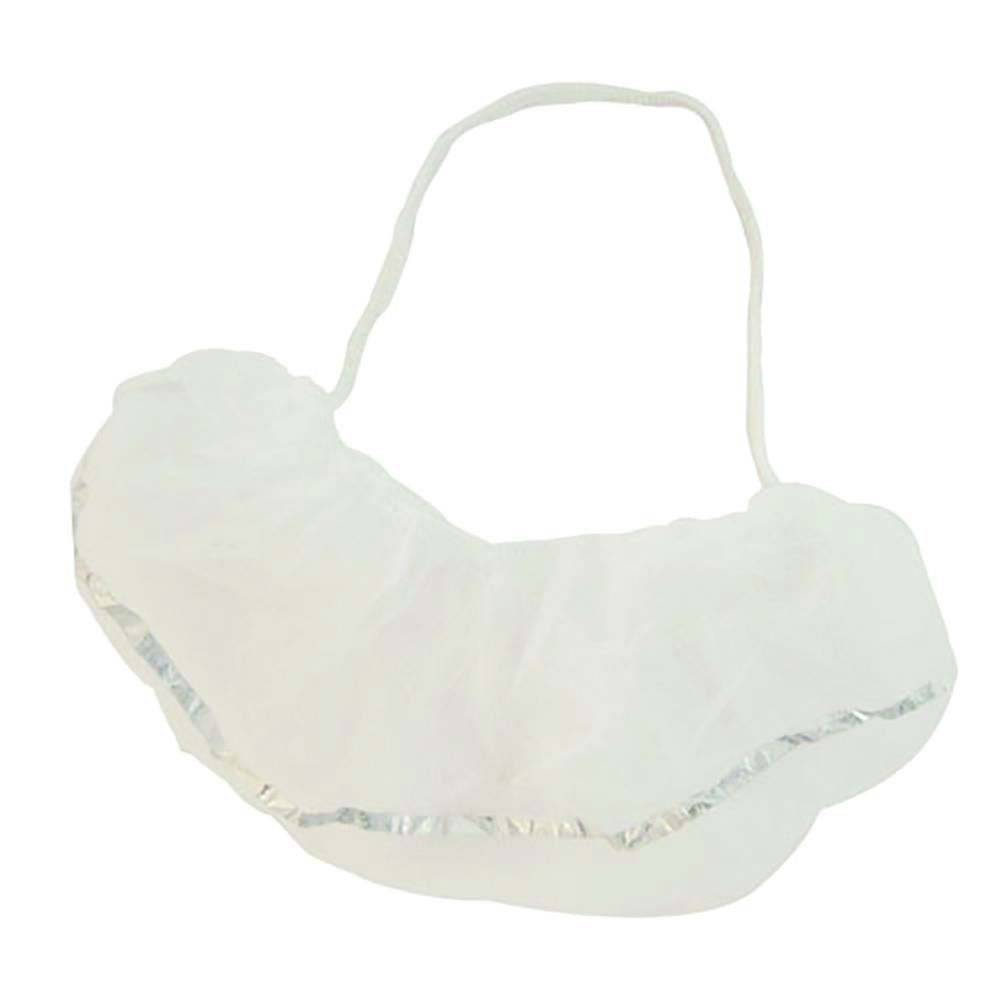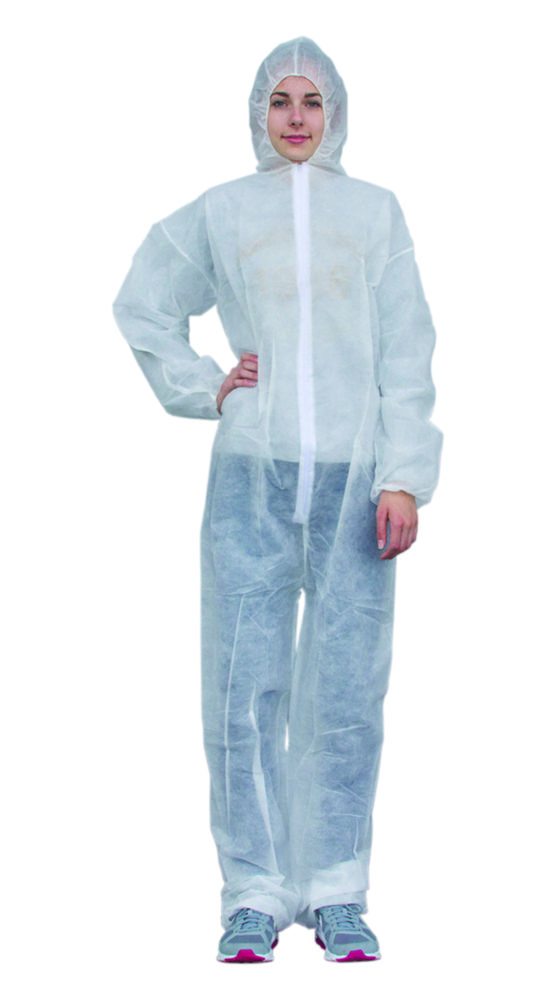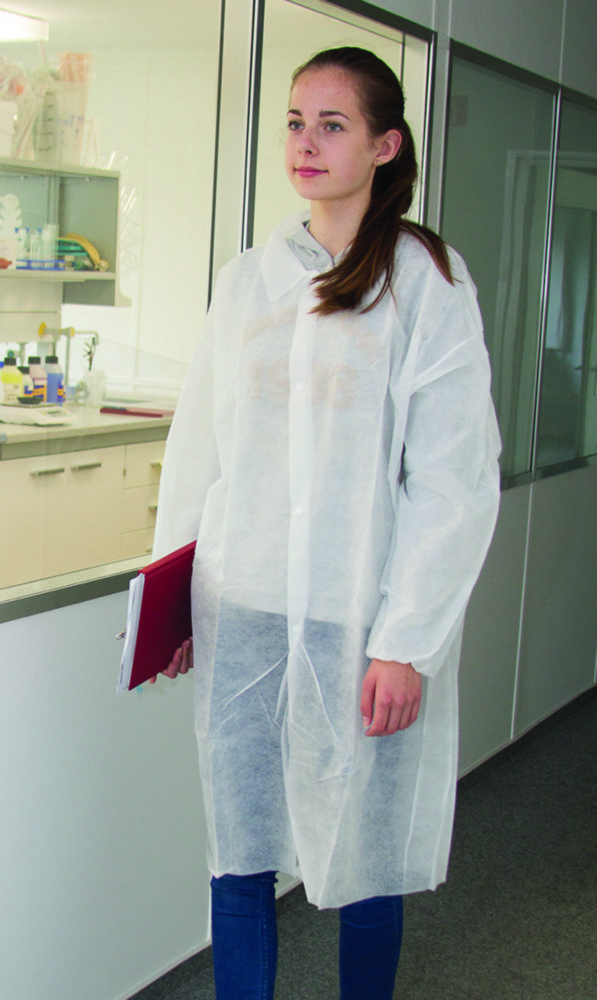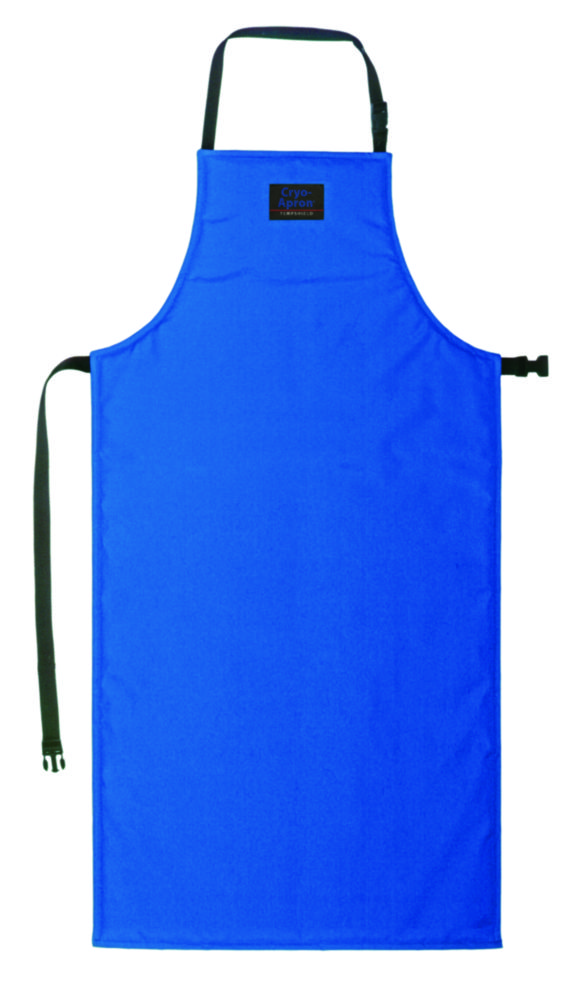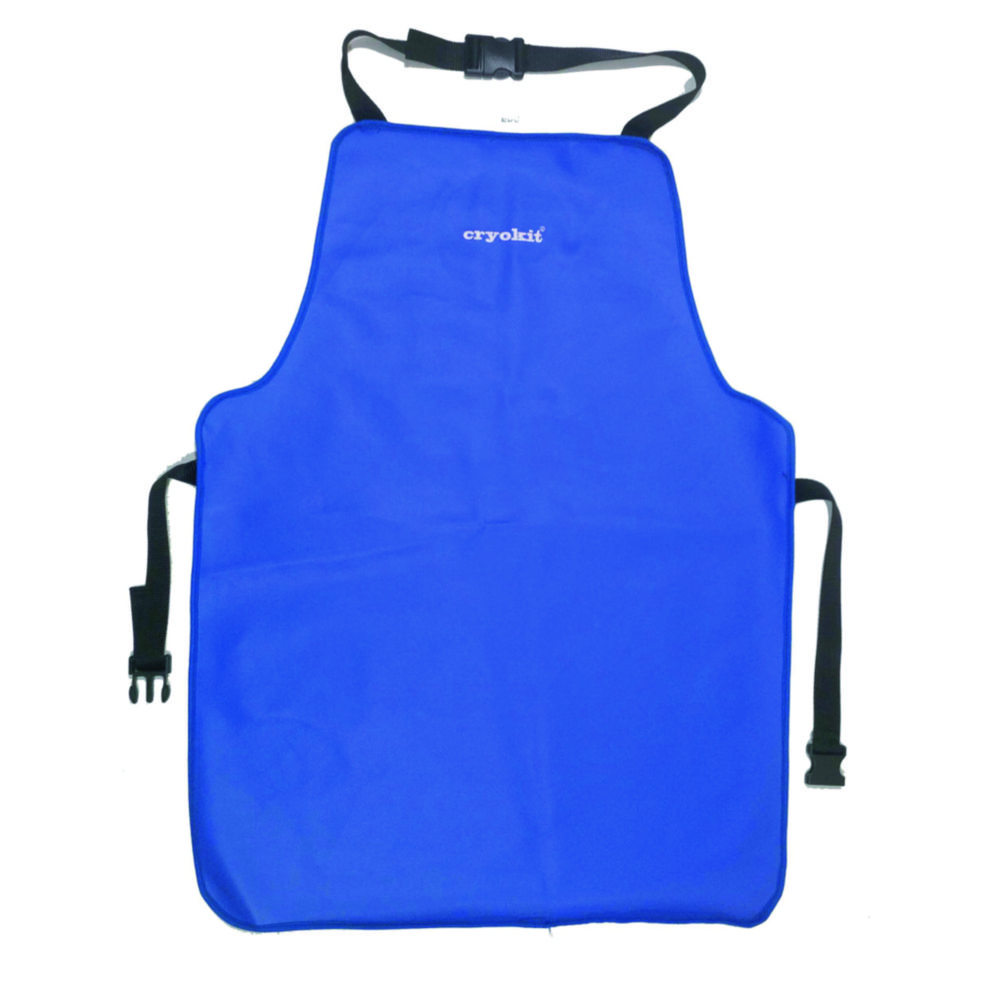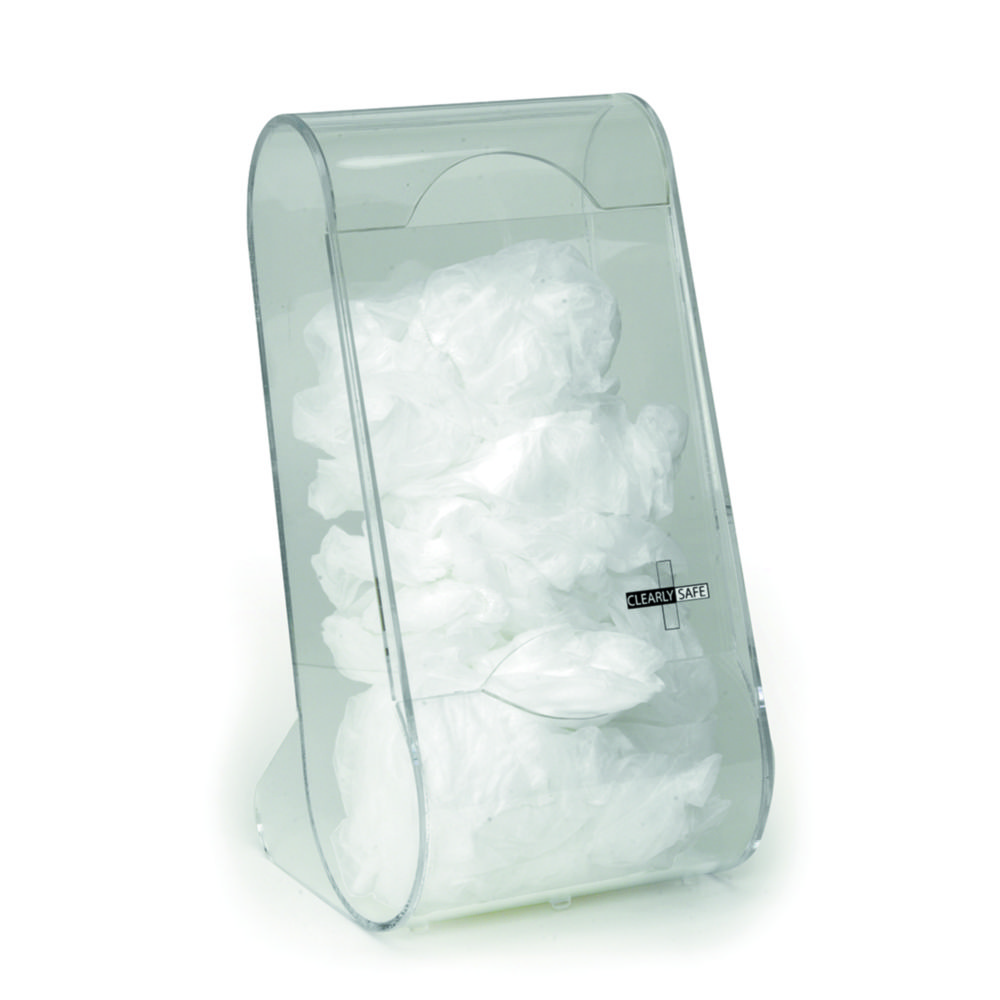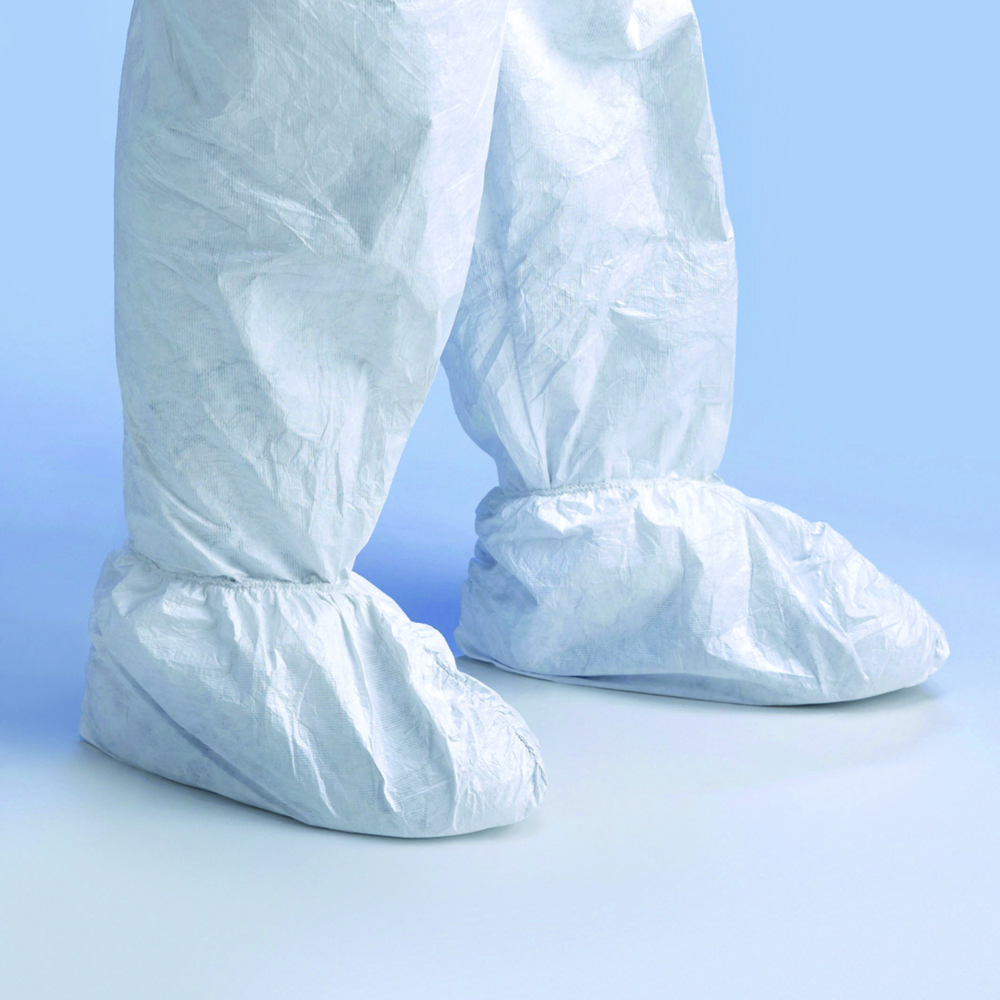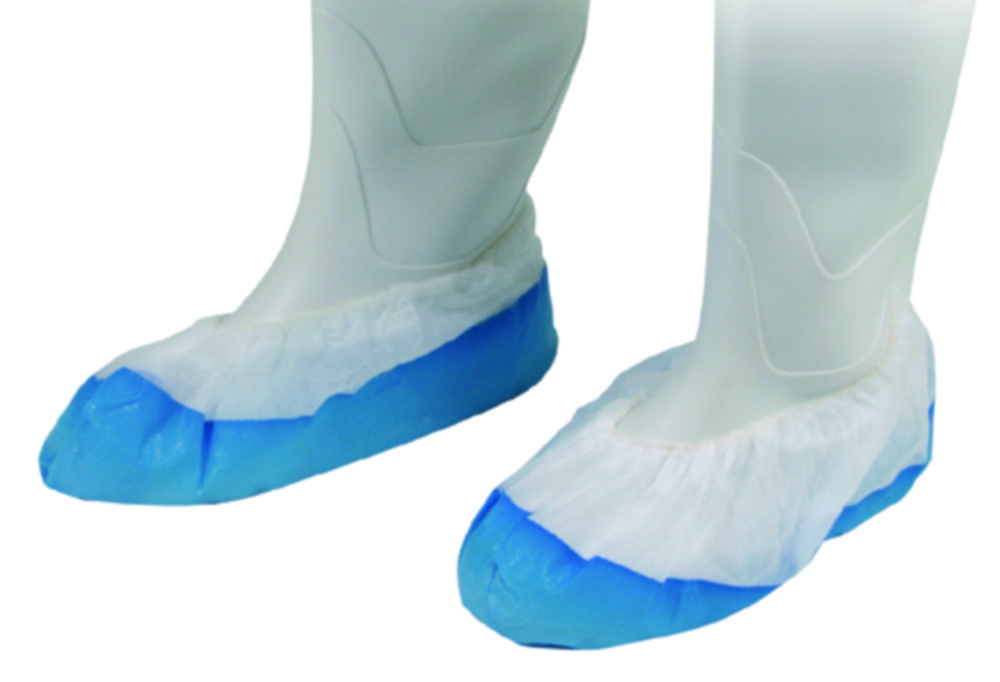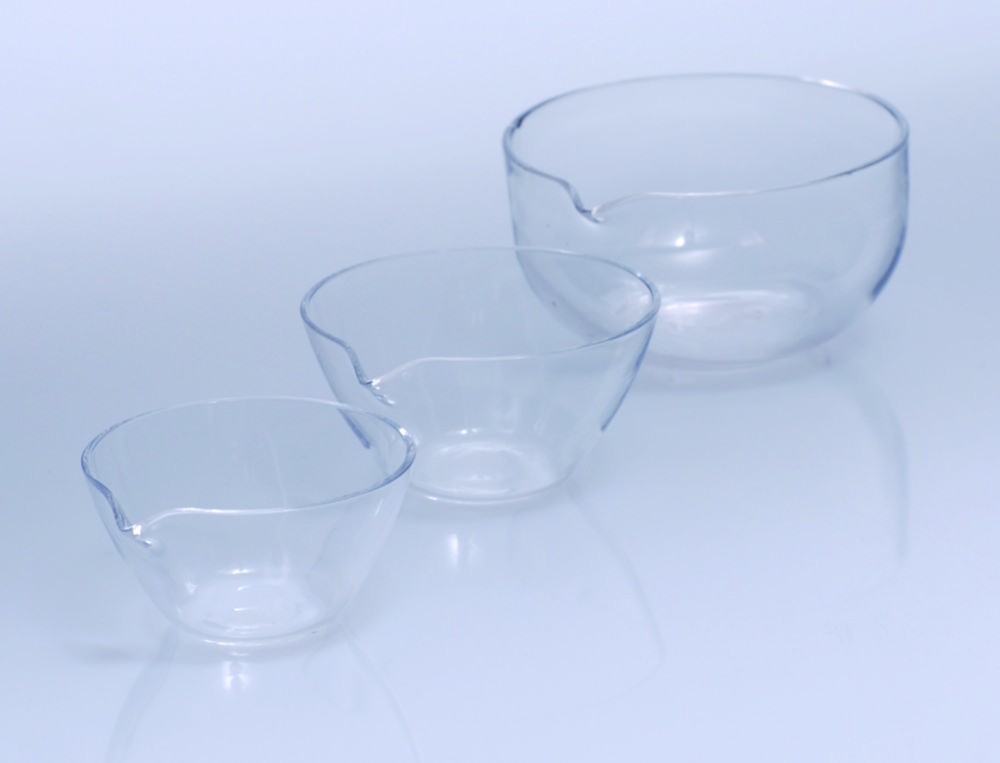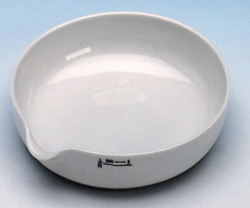Filter
Filter
Franz Mensch GmbH
Beard Mask, White, PP, Detectable
Colour:
white
|
Description:
Beard mask, detectable
This beard mask has a detectable strip on the inside. That's why it can be detected by a dector machine at any time- even if the beard mask gets into the production.air-permeable and breathableideal for special hygienc-sensitive areas
€18.83*
Unigloves GmbH
Bouffant Caps, PP
Colour:
Green
|
Package:
100 pieces per bag
polypropylenenon-woven fabricsoft with elastic bandfree from fibre-glass and breathable52cm circumference.
From
€5.28*
LLG Labware
LLG-Disposable overshoes, CPE
Type:
LLG-Disposable overshoes
Blue embossed CPE film, 30 µm, with elastic, latex-free, universal size, length 41 cm
€11.34*
LLG Labware
LLG-Disposable Protective Sleeves, PE
Colour:
blue
|
Thickness µm:
20
PE film with elastic, latex-free, length 40 cm
€12.74*
LLG Labware
LLG-Disposable Protective Suits, PP
Clothing size:
L
|
Colour:
White
|
Material:
PP fleece
|
Material weight:
30 g/m²
White PP non-woven 30 g/m², with hood and zipper, elastic band on the hood and on the wrists and ankles, latex-free
€33.81*
LLG Labware
LLG-Disposable Visitor Gowns, PP
Description:
LLG-Visitors gown
White PP nonwoven 30 g/m², universal size with shirt collar and elastic at the wrists, latex-free, without pocket, 4 push buttons
€17.76*
Uvex Arbeitsschutz GmbH
Mens laboratory coats Type 81996, 100% cotton
Clothing size:
106/110
|
Colour:
White
|
Length:
96 cm
|
Material:
Cotton wool
|
Weight:
240 g/m²
Reversible collar, concealed buttons, 1 outside breast pocket left, 1 inside breast pocket right, 2 side pockets with diagonal access with light grey piping, 2 short side slits, straight, untapered back, straight sleeve seam, Öko-Tex Standard 100
€47.91*
44%
Kimberly-Clark GmbH
Laboratory coat Kimtech™ A7 P+, PP
Size:
S
Certified PPE Cat III acc. to directive 89/686/EECType 6 limited chemical splash protectionMicro-organism protection testedEN1149-1:1995 Antistatic clothingHigh performance chemical resistant fabricLow lint fabric, Helmke Drum Category II99% particle and bacterial filtration efficiencyIndividually packed, 15 p. in an outer package for ISO 7 Grade C areasSilicon-FreeAbrasion-resistant film-coated polypropyleneMandarin collarElastic cuff, thumb-loops and extra-length armsHigh strength triple stitched seams
€114.90*
€202.99*
(43.4% saved)
45%
LLG Labware
LLG-Laboratory coat, 100% cotton
Description:
Ladies coat
|
Size:
36/38
Very solid material, excellent wearing comfortSnap fasteners (press buttons); easy and quick to openWith fold-down collarOne outside breast pocket and two side pocketsWashable up to 60°CLadies coat with stitched-down back beltMaterial:100% cottonColour:WhiteWeight:220 g/m²
€23.04*
€41.87*
(44.97% saved)
Ansell Healthcare Europe N.V.
AlphaTec® Glove Connector
Description:
AlphaTec® Glove Connector
The AlphaTec® Glove Connector provides an easy chemical protection solution for all workers using chemical gloves and suits.Providing an integrated chemical protection solution
€543.78*
Ansell Healthcare Europe N.V.
Aprons with sleeves, AlphaTec® 2000, model 214
Size:
S
|
Weight g / m²:
63
White. Made of microporous polyethylene laminate nonwoven, with rear velcro fastening and elasticated wrists. For protection against liquid chemicals and particulates down to 0.01 µm in size.Moisture vapor permeableSilicone freeLow lintCategory III, Type PB (6)-B, EN 14126
€552.00*
Unigloves GmbH
Beard masks
Colour:
white
|
Description:
Beard covers
non-woven fabricnon-irritating elastic bandsfood-safe100 pieces per package1,000 pieces per shipping unit
€59.04*
Unigloves GmbH
Clip hood
Colour:
white
|
Size:
medium
|
Ø mm:
520
non-woven fabricsoft quality with double-sheathed cotton elastic bandgatheredfood-safePackaging 10 x 100 pieces
€38.16*
Ansell Healthcare Europe N.V.
Coverall AlphaTec® 2000 STANDARD, model 162
Size:
S
|
Weight g / m²:
63
White. Made of microporous polyethylene laminate nonwoven, with pass-thru device for use with fall arrest equipment, 3 piece hood, 2-way front zipper with resealable storm flap, finger loops and elasticated hood, waist, wrists and ankles. For protection against low hazard liquid chemicals, particulates, pesticides and biological agents.Spray tightMoisture vapor permeableSilicone freeLow lintAntistaticCategory III, Type 5-B, Type 6-B, EN 1073-2, EN 14126, DIN 32781, EN 1149-5
€418.40*
Cryo.Expert GmbH
Cryogenic Apron Cryo Apron®
Length mm:
1210
|
Width mm:
610
The Cryo-Apron® provides a high-level of thermal protection to the operater's torso and upper legs against cryogenic splashes and ultra-cold vapour in harsh cryogenic atmospheres, typically whilst transferring cryogens ( in a range of minus 160°C). With adjustable straps at neck and waist. Also useable in cleanroom environments.According to normative EN 511, EN 420, EN 388, CAT. III
€268.92*
tec-lab GmbH
Cryogenic Apron T-Cryo Light
Length mm:
1100
|
Width mm:
700
Waterproof. Suitable for all laboratory applications using liquid nitrogen or other cryogenic gases. Made of a special, extra durable and coated composite fabric. Tested in contact with liquid nitrogen (-195.82 °C) for one minute and with subsequent flexibility test (RCT method). With adjustable clip closures. According to normative EN 511, EN 388, CAT. III
€180.20*
Heathrow Scientific LLC
Dispenser, Acryl
Colour:
transparent
|
Dimensions (W x D x H) mm:
203 x 203 x 406
Dispenser for storing safety accessories and other small items. The hinged lid protects contents from dust and debris. Wall mounting possible (incl. screws).
€218.15*
DuPont de Nemours
Disposable Chemical Protection Coverall Tyvek® 500 Xpert, Type 5/6
Size:
XXXL
DuPont™ Tyvek® 500 Xpert, model CHF5. Hooded coverall available in white, in sizes S to XXXL. Robust yet lightweight (
€12.64*
Ansell Healthcare Europe N.V.
Disposable Overall AlphaTec® 2000 STANDARD
Size:
S
Repulsion of less hazardous liquid chemicals, particle protection, pesticide protection and barrier against biological agents. Spray-tight and extremely low-fibre for sensitive environments.Excellent liquid penetration resistance and barrier to fine particulatesMoisture vapour permeable ("breathable") to help reduce the risk of heat stressSilicone freeLow lintingOptimised body fitAnti-static - Tested according to EN 1149-5
€353.62*
Ansell Healthcare Europe N.V.
Disposable Overshoes Microgard® SURE STEP™
Description:
Disposable overshoes Gr. 39 - 48
Microgard® Sure Step™ features a monofilament coating that makes it the best anti-slip overshoe available, as confirmed by independant laboratory tests.This unique coating also makes Microgard® Sure Step™ stronger and more durable, resulting in a more effective and economical product.single seam for greater durabilityliquid resistant material for safety and longer lifehigher tensile strength for greater durabilityno delamination making the product lint-freegenerous sizing to accommodate all shoe sizeswhite
€686.88*
DuPont de Nemours
Disposable Overshoes Tyvek® 500, Posa
Description:
Disposable overshoes Gr. 42 - 46
Disposable Overshoes Tyvek® 500, Posa, bottom with antislip area, size Gr. 36-42 or size 42-46, white, PE-Spunbond nonwoven.
€283.55*
Ansell Healthcare Europe N.V.
Disposable overshoes, CPE film
Type:
Disposable overshoes
Protects shoes against liquidsIdeal for preventing the spread of dirtThickness 0.040 mmUniversal size 15 x 41 cm
From
€7.32*
Unigloves GmbH
Disposable Overshoes, PP,CPE
Type:
Disposable overshoes
white non-woven fabricblue CPE walking soleLength approx. 40cm
€9.19*
Uvex Arbeitsschutz GmbH
Disposable Protective Sleeves
Colour:
white
PP spunbonded fabric laminated with PE filmWith elastic on both sides
€71.80*
Promotion
Evaporating basins, porcelain, shallow form
Glazed inside and outside except for rim.*According to DIN standard
€12.32*
Promotion
Evaporating basins, porcelain, shallow form
Glazed inside and outside except for rim.*According to DIN standard
€12.32*
Your watch lists
Loading...
 Quick delivery
Quick delivery

